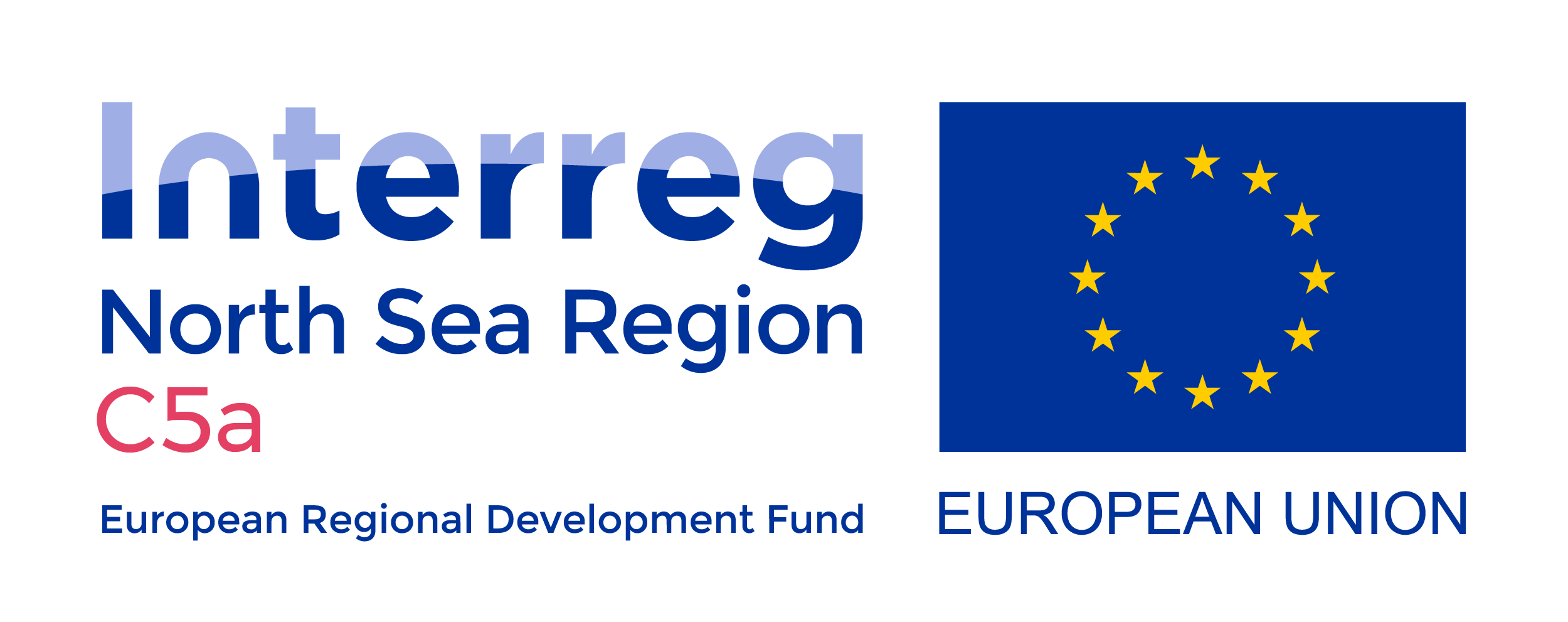Vi använder cookies för att webbplatsen ska fungera på ett bra sätt för dig. Genom att surfa vidare godkänner du att vi använder cookies.
Show reader view
Approach
The Cloud 2 Coast approach has been developed within the C5a project. It promotes the adoption of a whole-system and long-term perspective to climate change adaptation that is purposeful and collaborative.
Inclusive Process
Adaptation is important to everyone. It is necessary to count in peoples’ knowledge and opinions. Not only professionals, but also wider stakeholders and communities.
An inclusive process is an enabler for building resilience. Climate change will affect groups of stakeholders and communities differently. However, the effects of climate change will likely and disproportionately affect the disadvantaged and vulnerable communities at a higher risk. Hence, climate change adaptation should be implemented based on an inclusive process which is organized as a continuous dialogue on multiple levels of scales and governance. This to ensure that no one is left out and social inequalities are addressed. “Leaving no one behind” is of one of the key principles for achieving sustainable development targets outlined in the Sustainable Development Goals (SDGs).
Illustrative Stakeholders
Whole System Approach
A whole system response requires us all to think in whole system terms. In doing so, it is necessary to develop a broadly based understanding of how water related risks and opportunities are generated in both short and in longer terms. How they can be managed to achieve resilience. To be successful requires us all to challenge the status quo and adopt the basic principles of system thinking.
To make the definition of the whole system is tractable (and avoid the pitfall over complication – “if I try to pick out anything by itself, I find it hitched to everything else in the universe.” John Muir) appropriate boundaries need to be defined based on an ambitious approach to the sphere of influence of a stakeholder, where:
System – Spatial limits: The geographic and social limits of the ‘system’ that the decision-at-hand may influence;
System – temporal limits: the timescale over which those decision will be influential.
Drivers of system change: The external influences that may influence the behaviour of the system over time, such as sea level rise or development that may influence the decision-at-hand;
There are tools to help structure the approach. These are available here.
Modal Title
Add some nice text here.






Reference: Sayers et al, 2020. Strategic approach to water infrastructure.
Tools of a System Thinker
Reference: Acaruglo (2017) Tools for Systems Thinkers: The 6 Fundamental Concepts of Systems Thinking. Image courtesy Disrupt Design. Link to reference.

Modal Box Content
Disconnection
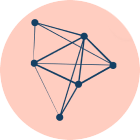
Interconnecdness
Systems thinking requires a shift in mindset, away from linear to circular. The fundamental principle of this shift is that everything is interconnected. We talk about interconnectedness not in a spiritual way, but in a biological sciences way.
Essentially, everything is reliant upon something else for survival. Humans need food, air, and water to sustain our bodies, and trees need carbon dioxide and sunlight to thrive. Everything needs something else, often a complex array of other things, to survive.
Inanimate objects are also reliant on other things: a chair needs a tree to grow to provide its wood, and a cell phone needs electricity distribution to power it. So, when we say ‘everything is interconnected’ from a systems thinking perspective, we are defining a fundamental principle of life. From this, we can shift the way we see the world, from a linear, structured “mechanical worldview’ to a dynamic, chaotic, interconnected array of relationships and feedback loops.
A systems thinker uses this mindset to untangle and work within the complexity of life on Earth.
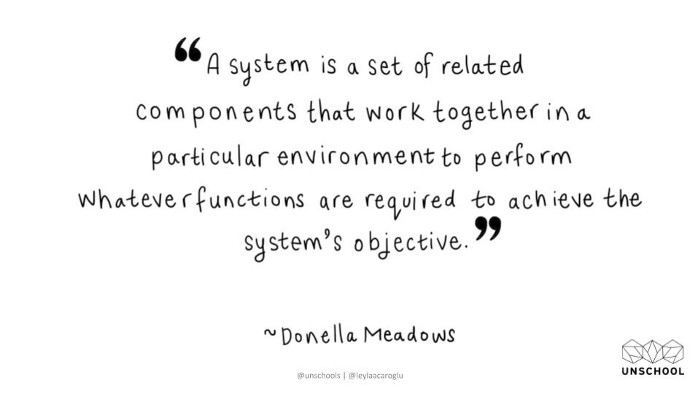
Interconnectedness

Modal Box Content
Linear

Modal Box Content
Circular

Modal Box Content
Insolation

Modal Box Content
Relationships

Modal Box Content
Parts
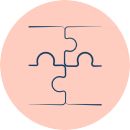
Modal Box Content
Wholes

Modal Box Content
Analysis

Synthesis
In general, synthesis refers to the combining of two or more things to create something new. When it comes to systems thinking, the goal is synthesis, as opposed to analysis, which is the dissection of complexity into manageable components. Analysis fits into the mechanical and reductionist worldview, where the world is broken down into parts.
But all systems are dynamic and often complex; thus, we need a more holistic approach to understanding phenomena. Synthesis is about understanding the whole and the parts at the same time, along with the relationships and the connections that make up the dynamics of the whole.
Essentially, synthesis is the ability to see interconnectedness.
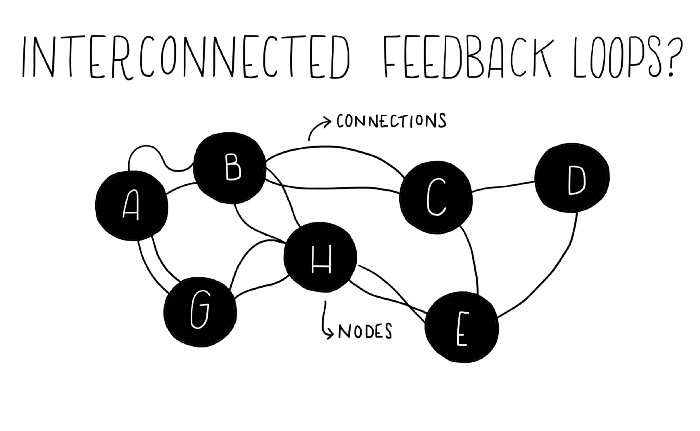
Synthesis
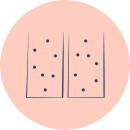
Modal Box Content
Silos

Emergence
From a systems perspective, we know that larger things emerge from smaller parts: emergence is the natural outcome of things coming together. In the most abstract sense, emergence describes the universal concept of how life emerges from individual biological elements in diverse and unique ways.
Emergence is the outcome of the synergies of the parts; it is about non-linearity and self-organization and we often use the term ‘emergence’ to describe the outcome of things interacting together.
A simple example of emergence is a snowflake. It forms out of environmental factors and biological elements. When the temperature is right, freezing water particles form in beautiful fractal patterns around a single molecule of matter, such as a speck of pollution, a spore, or even dead skin cells.
Conceptually, people often find emergence a bit tricky to get their head around, but when you get it, your brain starts to form emergent outcomes from the disparate and often odd things you encounter in the world.
There is nothing in a caterpillar that tells you it will be a butterfly — R. Buckminster Fuller
Emergence
Illustrative Cases
Illustrative Stakeholders
Making Adaption Happen in Practice - Four Core Ingredients
Although there is no single sliver point, there is significant consensus on the urgency of the issues to be addressed and what was needed to make adaptation happen in practice. This includes four core aspects to help understanding and motivate adaptive action (opposite).
An adaptive approach focuses on identifying actions in the context of the whole system in time and space. It recognizes that the decisions of the past influence the available adaptation options in the present; and that decisions in the present have implications for the flexibility of which options can be implemented in the future. Such adaptation options can be conceived as part of adaptation pathways and help contribute to resilience by anticipating (unforeseen) future conditions.
As part of the FAIR project (FAIR, Interreg VB North Sea Region Programme) the linkage between strategy and action what explored in detail. This is important here in C5a. Opposite the image from FAIR sets out the stages for development the strategic context (the 1-5 components) produces the adaptive management plan for the assets, and the operational context (the 6-9 components) delivers and maintains the plans’ requirements. Interconnecting these is the tactical handshake that will feed information in both directions to inform both strategy as to the need for adaptations, and operational practices as to what is expected from the strategic plans.
The framework shows that each context is considered equally, rather than in a hierarchy of, e.g. strategic on a level higher than operational. The infinity shape represents the continuous process of individual and group asset management, and also applies to the integrated asset management process used to decide on how best to manage assets.
There is an essential need to manage assets by connecting and aligning actions across the strategic and operational contexts, via the tactical handshake.
Modal Title
Add some nice text here.
Adaptation is more than simple modifying a flood defence asset – it is a process that requires innovative, whole system, long-term thinking.
Envisioning and visualising the future – Storylines can be powerful agents in supporting buy-in to an alternative course of action.
Considering multiple futures and developing strategies to maximise the potential opportunity and avoid costly maladaptation.
Recognising adaptation as a purposeful process – not kicking the can down the road – own (not make) future choices today.
Reference:
Sayers, P (2020). Strategic planning for flood resilience: Four prerequisites. A publication by Sayers and Partners for the Environment Agency based on Sayers P, Gersonius B, Leijstra M, Ozerol, G, Nurgah E (2020) Cloud-to-Coast Adaptation: Enabling a climate resilient future. Concept note. Published as part of the Interreg C5a WP3
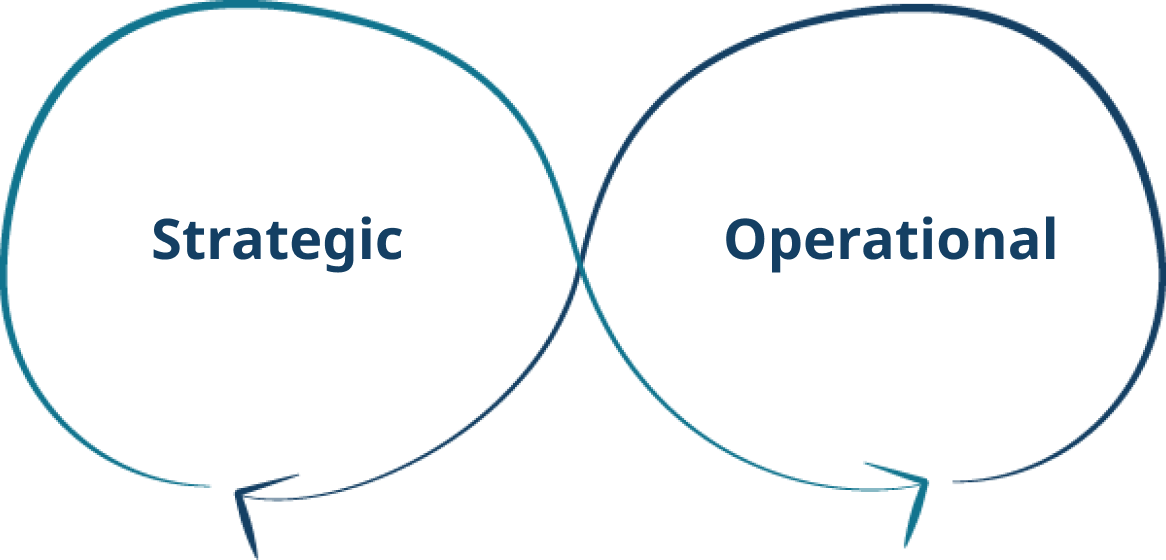

Performance of the network: Source-pathway-receptor analysis reveals performance of asset and system

Threats and Opportunities: Potential impacts from Drivers-Pressures and State

Objectives and Requirements: Policies and Standards, system functional requirements

Measures for the system: Responses based on Source-pathway- receptor analysis for system as a whole

Adaptive plan: Develop and map out dynamic pathways

Measures for assets: Requirements defined from strategy are refined for each asset

Design and construct: For both single assets and systems, undertake detailed design and plan construction and long term management

Monitoring, maintenance and Operation: Collect data and maintain or modify assets

Performance of assets: Observe performance, predict longer term functioning/reliability
References:
FAIR End Report: northsearegion.eu/media/13662/fair_end_report-03-06-2020.pdf
Sayers, P., Gersonius, B., den Heijer, F., Klerk, W.J., Fröhle, P., Jordan, P., Ciocan, U.R., Rijke, J., Vonk, B. and Ashley, R., (2021). Towards adaptive asset management in flood risk management: A policy framework. Journal of Water Security, 12, p.100085.
Vonk, B., Klerk, W.J., Fröhle, P., Gersonius, B., den Heijer, F., Jordan, P., Radu Ciocan, U., Rijke, J., Sayers, P. and Ashley, R., 2020. Adaptive Asset Management for Flood Protection: The FAIR Framework in Action. Journal of Infrastructures 2020, 5(12), 109; https://doi.org/10.3390/infrastructures5120109
Gersonius, B., Vonk, B., Ashley, R.M., den Heijer, F., Klerk, W.J., Manojlovic, N., Rijke, J., Sayers, P. and Pathirana, A., 2020. Maturity Improvements in Flood Protection Asset Management across the North Sea Region. Journal of Infrastructures, 5(12), p.112.
Illustrative Stakeholders
The Dialogue Consists of Three Stages
Cooperation is central to managing water related risks well. Such cooperation is facilitated by a dialogue amongst all those involved. Developing a progress where continued exchange and mutual learning is central to delivering successful a Cloud 2 Coast adaptation.
Various approaches to enable a successful dialogue are possible. It is often a challenge when working with strategic and operational adaptation questions and planning of measures. To aid in this work and for it to be effective the work should include three important components: preparing the dialogue, enabling a constructive dialogue and act upon the outcome.
Modal Title
Add some nice text here.
Stakeholders will need to be proactive in understanding their contribution to the Cloud 2 Coast dialogue. This is facilitated by answering a couple of questions in preparation of the dialogue.
- What is your motivation for engaging in the dialogue?
- Which stakeholders would you like to involve?
- What minimum information do you need to conduct the dialogue?
- What is an effective approach?
This stage starts with defining the concrete goal(s) for enabling a constructive dialogue. It builds upon the motivation that is explored in the preparatory stage. The goal(s) will be case specific, and there are different at different decision-making levels.
Conducting the Cloud 2 Coast dialogue is a collaborative and iterative stage. The following steps are typically involved in conducting the discussion:
- Identifying interactions between constituent systems.
- Looking for new or additional information.
- Creating a sense of urgency for action.
- Reaching consensus on the vision, plan or design.
The final stage is to round off the Cloud 2 Coast dialogue and work towards an outcome. This stage is mainly about establishing agreements about what each stakeholder can do and wants to do to address the barriers and opportunities. This may include:
- Documenting the dialogue. The inputs and outputs should be well described and, where possible, be quantified: which risks have been reduced? Which values have been created?
- Making joint agreements to ensure identified barriers and opportunities are being addressed. It helps to deliver follow-up if there is a clear actionable perspective for the stakeholders involved.
- Providing room for adjustment where new learning and/or circumstances are recognized.



